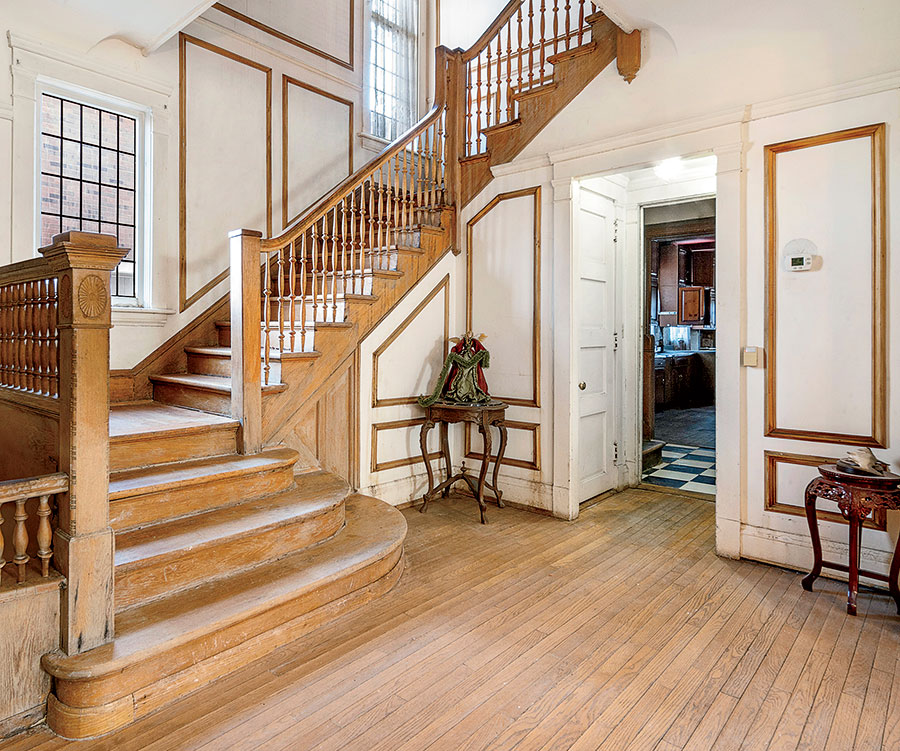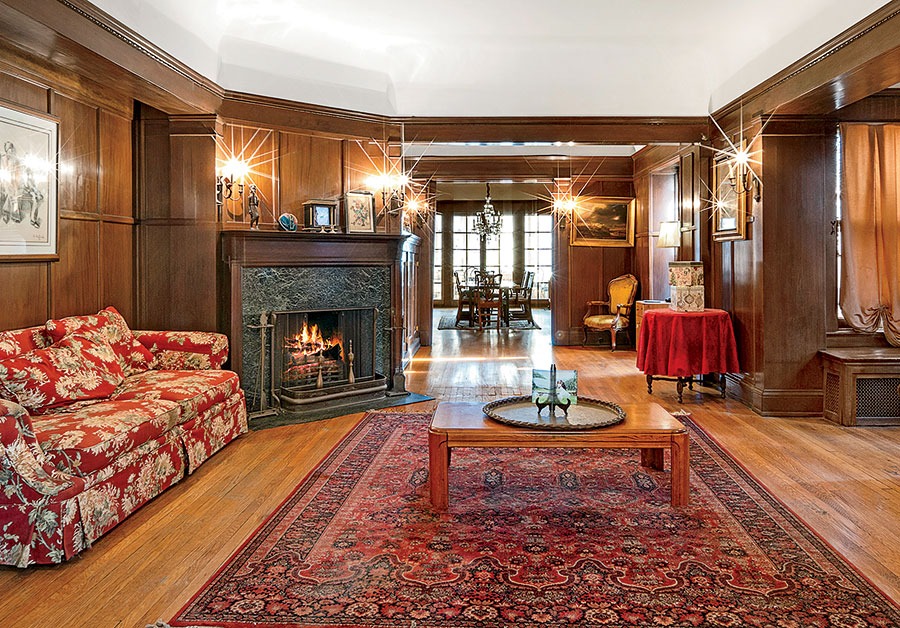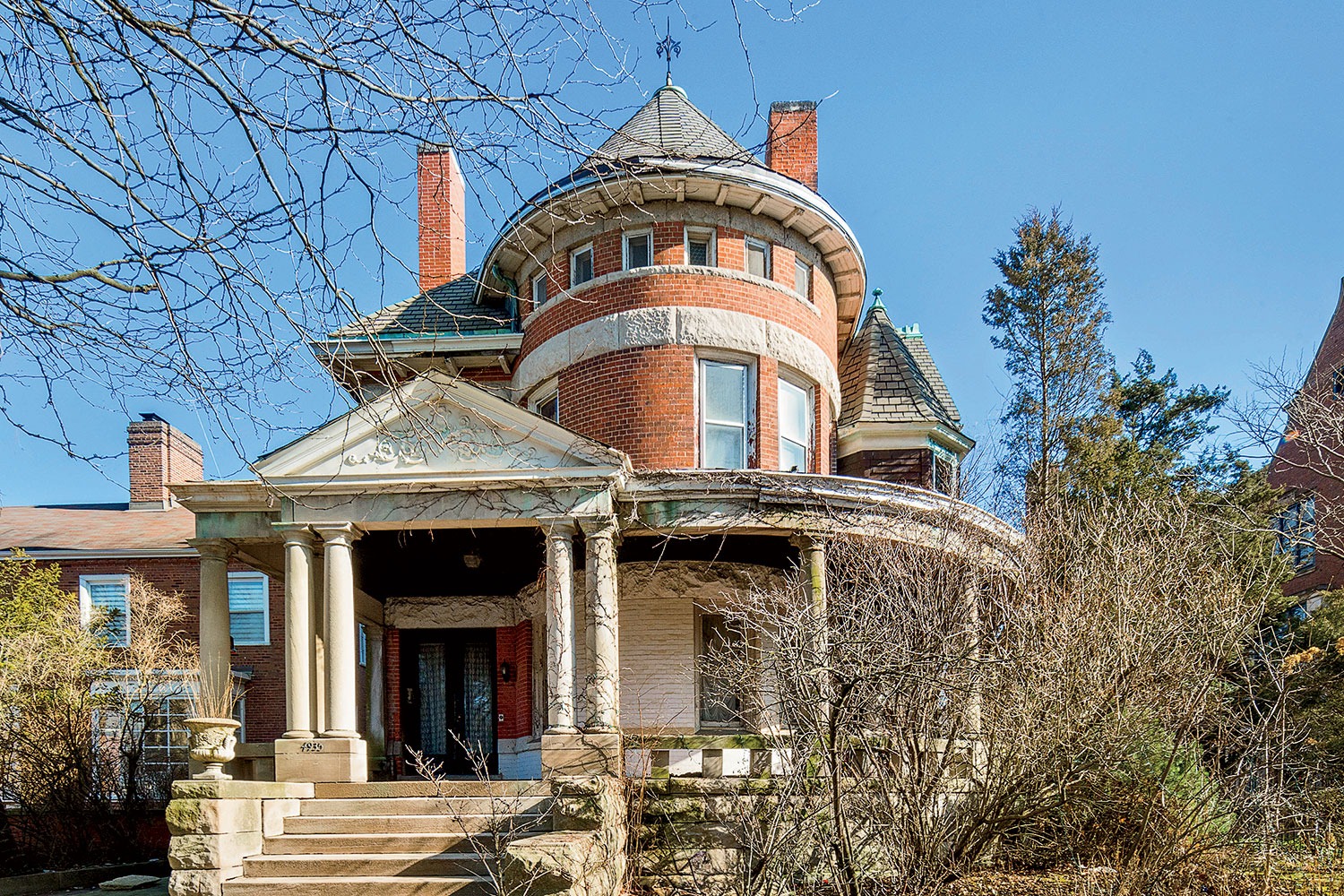Back in the day, when Kenwood was considered the Lake Forest of the South Side, dry-goods merchant Edward H. Turner built himself a substantial residence at 4935 South Greenwood Avenue, designed by Brooklyn-born architect Solon S. Beman. Beman had come to Chicago in 1879 to create George Pullman’s factory town. By the time he got the Turner commission in the late 1880s, his portfolio included the Fine Arts Building on Michigan Avenue and a 15-bedroom Prairie Avenue pile for Marshall Field Jr. He went on to design several buildings for the 1893 World’s Columbian Exposition, and the city’s first branch library, Blackstone.

In 1899, the Greenwood Avenue property, recently put on the market for $1.47 million, was purchased by attorney Adolphus W. Green, who, after moving from New York to Chicago, had acquired dozens of bakeries to form the National Biscuit Co., today’s Nabisco.
These days, the 5,600-square-foot house, with its Queen Anne turret, needs serious TLC. But for anyone who appreciates the “gracious living” of the past, it checks all the boxes. Beyond a pillared portico and a curving front porch, the home retains historic features, including light fixtures, leaded glass windows, handsome built-ins, and ceilings adorned with decorative millwork. The spacious first floor has a circular sitting room off the 29-by-13-foot entry hall, and a large living room and dining room, each with a fireplace.

The enormous kitchen measures more than 38 by 11 feet. The seven bedrooms — two en suite — are spread over two upper floors, where you’ll also find a wood-paneled library, complete with fireplace, and an expansive space that once served as a ballroom. It all conjures Champagne and caviar more than Nabisco favorite Oreos and milk.



